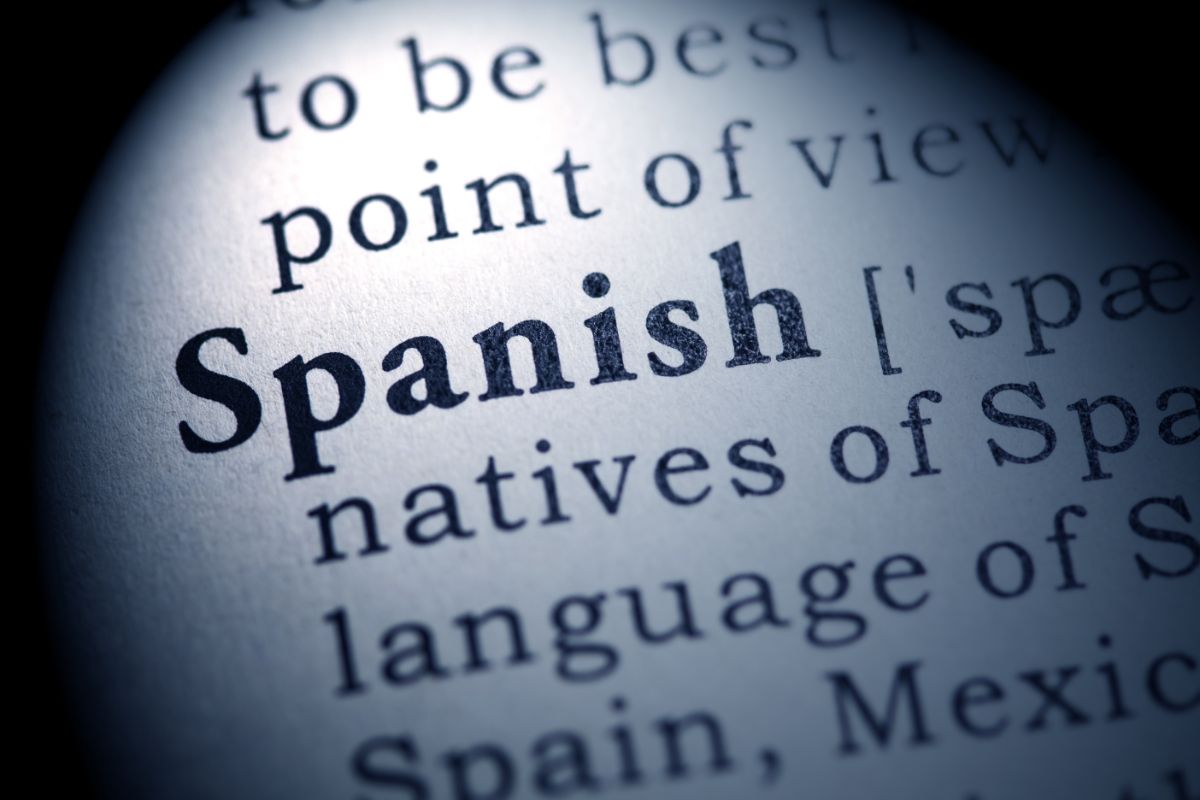Cuban Spanish, also known as Cubano, is spoken by 11 million native speakers and is the lingua franca of Cuba.
Although Cuba is quite an isolated country due to various embargoes and events throughout history, the country still has quite a diverse population that’s influenced its language and culture.

Cuban Spanish is a variation of Castilian Spanish that immigrants from the Canary Islands brought to Cuba in the 19th and 20th centuries.
As well as Cuban Spanish, Haitian Creole is another popular language spoken in Cuba.
Despite its origins, Cubano does differ from Castilian Spanish.
For example, it’s spoken in a more nasally accent with a rhythmic intonation, and is peppered with Creole slang and some communist vocabulary.
This makes Cubano unique to other Latin American varieties of Spanish, like Mexican Spanish.
Below, we’ll take you through how Cuban Spanish and Mexican Spanish differ from the Spanish spoken in Spain, but first let’s take a closer look at the history of Cubano.
The History Of Cuban Spanish
Cuba was colonized by Spain and because of this, Cuban Spanish has a lot of similarities with the Spanish spoken in the Canary Islands and Andalusia, which is an autonomous region of southern Spain.
Cuban Spanish has an accent similar to the native Spanish speakers of La Palma, which is a Canary Island located off the northwest coast of Africa.
The many historical and cultural influences of Cuba have given Cubano an eclectic vocabulary.
A lot of Cuban vocabulary comes from the Canary Islands, but you’ll also find Galician, Andalusian, French and West African phrases too.
Although there has been tension between Cuba and the US for decades, you will also find American English phrases in Cubano too, such as pulóver for ‘t-shirt,’ and ‘chor’ for ‘shorts.’
When the Cuban revolution began in 1959, many migrants and refugees who fled Cuba had a huge influence on the United States, especially in the state of Florida and Miami in particular.
In fact, a lot of Miami culture and cuisine has Cuban roots, and over half of the Miami population identify as Cuban-Americans.
Speaking Cuban Spanish
One of the difficult aspects of Cuban Spanish is the pronunciation. In Cuban Spanish, ‘r’ and ‘i’ sounds are assimilated into subsequent consonants or the two sounds are used interchangeably.
The sounds at the start of a word can be totally lost, particularly ‘s’ sounds. In Cuban Spanish, slurred consonants are also commonplace.
Frequently used slang in Cuban Spanish includes yuma (a term that refers to foreigners, particularly those from the U.S.) and ay que rico, which is the Cuban equivalent of the common Spanish phrase ay caramba.

Speaking Mexican Spanish
While Mexican Spanish differs from the Spanish spoken in Spain, it also differs from Cuban Spanish too.
Below, we’ll take a look at how Mexican Spanish differs from traditional Spanish when it comes to vocabulary, pronunciation, and the use of tenses.
Vocabulary
There are some noticeable differences with Mexican Spanish vocabulary when compared to traditional Spanish. Let’s take a look at a few examples.
- ‘Glasses’ in Spanish are gafas, while in Mexican Spanish glasses are lentes.
- ‘Car’ in Spanish is usually coche, but in Mexico you’ll hear people calling cars auto, carro, or sometimes coche.
- Meanwhile, the Mexican Spanish word for ‘computer’ sounds the same as the English word for computer. It is computadora. But in Spain, computers are called ‘ordenador.’
- If you want to buy peaches in Mexico, you’ll notice they are called duraznos, whereas in Spain they are called melocotones. Similarly, in Spain potatoes are called patata, while in Mexican Spanish they are called papa.
- The literal translation of ‘remote control’ in Mexican Spanish is control remoto. But in Spain, a remote control is a mando a distancia.
- Finally, in Mexican Spanish ‘pen’ is pluma (this is also the word for feather) and in Spain is called bolígrafo.
Pronunciation
One of the most important things when learning a new language is accurate pronunciation, although when learning a language you may hear the same words pronounced differently by native speakers.
A major difference in how words are pronounced in Mexican Spanish and traditional Spanish is in ‘z’ and ‘c’ before an ‘i’ or an ‘e’.
In Mexican Spanish, it sounds like an ‘s’, but in traditional Spanish it sounds like a ‘th.’
Traditional Spanish spoken in Spain sounds more guttural, thanks to the Arabic influence in Spain, while Mexican Spanish sounds a lot softer.
Past Tense
How past tense is used also differs in Mexican Spanish and Spanish spoken in Spain. In Mexican Spanish, the past tense and present tense are used the same way as you would use them in English.
But in Spain, they prefer present perfect and use it when talking about all actions that have been completed recently.
Vosotros/Ustedes
There are two versions of the second-person singular in Spanish, and that is formal and informal. The formal second-person singular uses the exact same conjugations as the third-person singular.
In Spain there are two forms for the second-person plural, and that is vosotros for informal and ustedes for formal.
But in Mexican Spanish, second-person informal doesn’t exist, it’s just ustedes. An example of vosotros in English would be ‘you all’ becoming ‘y’all.’
In school children learn vosotros but don’t use it beyond understanding dialogue in Spanish literature or film.
This is handy when learning Mexican Spanish, as you don’t really need to worry too much about vosotros.
But if you want to learn traditional Spanish to converse with Spanish people, it’s a good idea to learn more Spanish conjugations.
When you’re familiar with them, it’s quite easy to incorporate them into conversations in Spanish.
Final Thoughts
So there you have it! The differences between Cubano and Mexican Spanish, and how they differ from Spanish spoken in Spain.
Travel restrictions to Cuba continue to ease, and the country has now become a major tourist destination in the Caribbean.
As well as learning Spanish, becoming familiar with Cubano language, history and Spanish will allow you to really explore this fascinating island that the French once called The Pearl of the Antilles.
If you have an upcoming trip to Cuba and are concerned about speaking the language, then refreshing your Spanish is a great way to start, so you can confidently converse with the local people.
There are a few differences between traditional Spanish spoken in Spain or other countries in Latin America and Cubano, but we hope this article has given you some tips on how to be better understood during your trip to Cuba!
- What Is The Largest Island In Cuba? - September 19, 2022
- Havana – Why Is It Cuba’s Most Exciting City? - September 19, 2022
- Cheapest Time To Visit Cuba (Ultimate Guide) - September 19, 2022








